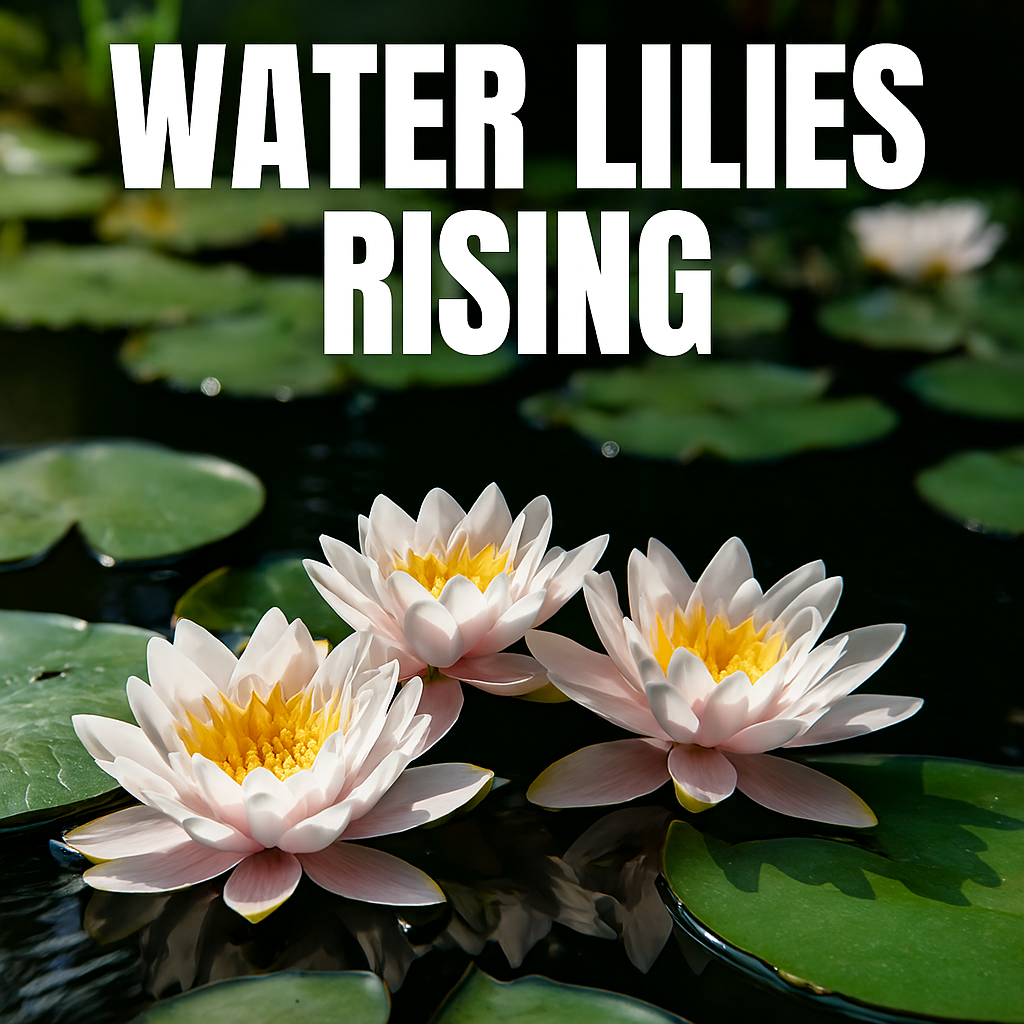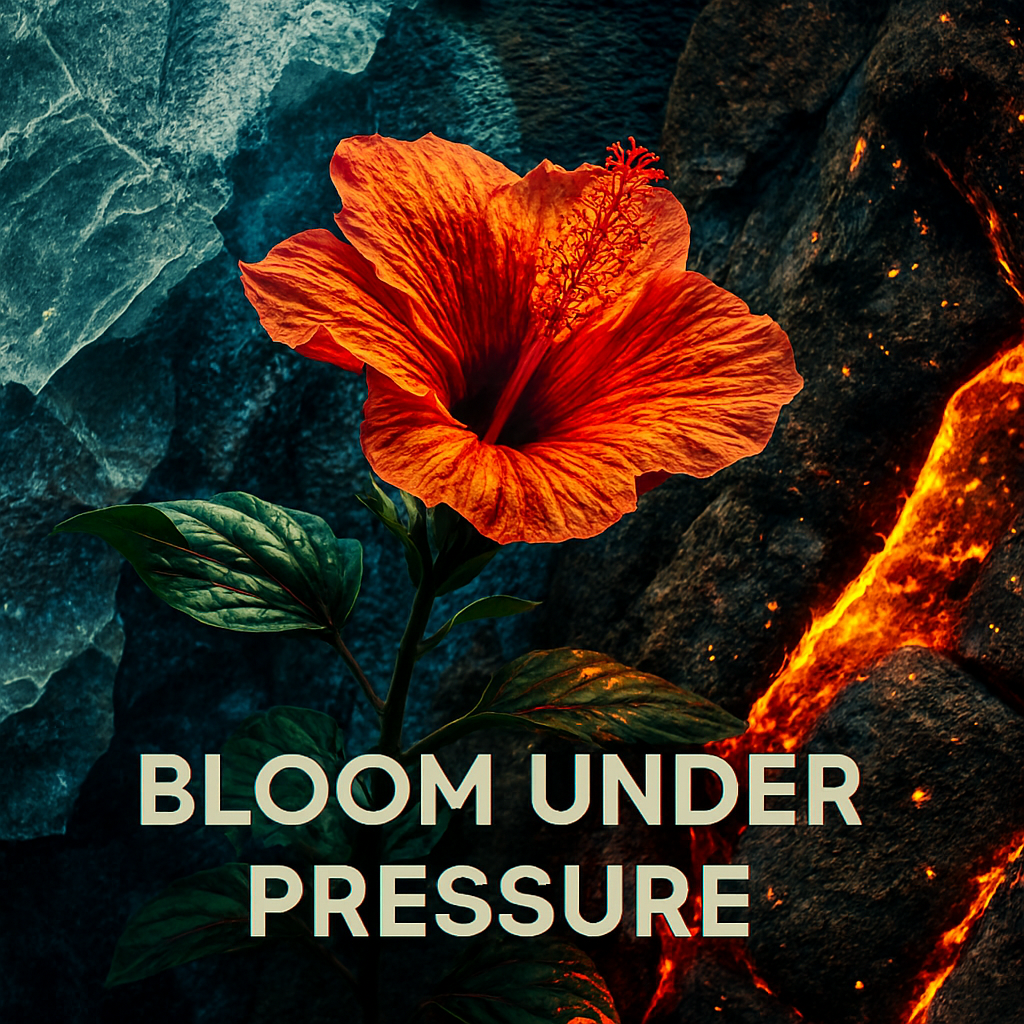EcoReef Miniature Reefs
EcoReef Miniature Reefs – Restoring Safety and Structure in Aquatic Microhabitats
EcoReef Miniature Reefs are engineered microstructures that replicate the protective complexity of natural underwater environments. These artificial reef systems are crafted from accessible materials such as twigs, stones, and recycled plastics. Their primary function is to provide shelter and breeding zones for small fish, shrimp, and aquatic plants. In domestic aquariums, they serve as both aesthetic enhancements and ecological stabilizers. The miniature reefs mimic coral reef geometry, offering labyrinthine passageways that reduce predation risk.
They are especially effective in supporting tropical fish species like guppies, mollies, and catfish. By anchoring aquatic plants, they also contribute to oxygenation and nutrient cycling. Their modular design allows for easy customization based on tank size and species needs. EcoReefs are cost-effective and can be assembled with minimal tools. They encourage natural breeding behaviors and reduce stress in captive aquatic populations. These structures are ideal for DIY aquarium enthusiasts seeking sustainable solutions. Their presence transforms artificial tanks into dynamic ecosystems. EcoReefs also support educational initiatives in ecological literacy. They represent a fusion of design, biology, and restoration. This guide explores their construction, function, and ecological impact.
Materials and Construction – Building the Reef from Scratch
EcoReef Miniature Reefs are built using a combination of natural and recycled components. Twigs provide structural scaffolding and mimic root systems. Stones add weight and texture, creating crevices for fish to hide. Recycled plastic acts as a binding agent, holding the structure together. Nylon rope or sisal can be used to reinforce joints. Heat guns are employed to mold plastic into stable forms. The goal is to create a porous, multi-level habitat. Materials should be non-toxic and aquarium-safe.
Avoid sharp edges that could injure aquatic life. The construction process is simple and adaptable. Builders can experiment with different shapes and densities. Each reef should include multiple entry points for fish. The structure must be stable enough to resist water currents. Twigs should be aged and free of pesticides. Stones should be rough and irregular to simulate natural terrain. The final product should resemble a miniature coral reef.
Material Comparison Table
| Material | Function | Aquarium Safety | Notes |
|---|---|---|---|
| Twigs | Structural framework | High | Use aged, pesticide-free wood |
| Stones | Weight and texture | High | Prefer rough, porous surfaces |
| Recycled Plastic | Binding and shaping | Medium | Must be aquarium-safe |
| Nylon Rope | Joint reinforcement | High | Ideal for larger reef builds |
| Sisal Rope | Natural anchoring | Medium | Best for plant integration |
Ecological Function – How Reefs Support Aquatic Life
EcoReefs serve as behavioral catalysts for small fish species. They encourage natural hiding, foraging, and breeding instincts. Fish use the crevices to escape predators and reduce stress. Shrimp and catfish benefit from the shaded zones. Guppies often breed in the protected corners. The structure mimics mangrove roots and coral branches. Fish feel safer and more confident in complex environments. EcoReefs reduce territorial aggression among species. They also promote vertical swimming patterns. The reefs act as social hubs for aquatic life. Fish often gather near the reef during feeding times. The presence of plants enhances oxygen levels. EcoReefs support microfauna like snails and algae. These organisms contribute to tank health. The reef becomes a living system within the aquarium.
Behavioral Impact Table
| Species | Reef Interaction | Benefit |
|---|---|---|
| Guppies | Breeding and hiding | Increased fry survival |
| Catfish | Spawning in lower zones | Reduced stress |
| Shrimp | Grazing and egg anchoring | Enhanced reproduction |
| Snails | Biofilm consumption | Improved tank hygiene |
| Mollies | Social swimming | Reduced aggression |
Breeding Applications – Creating Safe Zones for Reproduction
Miniature reefs are ideal for breeding tropical fish. Guppies, mollies, and platies thrive in reef environments. Catfish use the lower cavities for spawning. Shrimp attach eggs to anchored plants. The structure protects fry from adult fish. Breeding success increases with proper reef placement. Reefs should be positioned away from filters. Compatibility depends on species size and behavior. Aggressive fish may require separate zones. Reefs can be divided into chambers for isolation. Breeding pairs prefer quiet, shaded areas. Plants like Java moss enhance egg protection. Reefs should be cleaned before breeding begins. Water temperature must be stable. Lighting should be soft and indirect. The reef acts as both cradle and fortress.
Breeding Setup Table
| Element | Recommendation | Purpose |
|---|---|---|
| Reef Placement | Away from filter flow | Prevent fry displacement |
| Plant Selection | Java moss, Anubias | Egg protection and oxygenation |
| Lighting | Soft and indirect | Reduce stress during spawning |
| Water Temperature | Stable, species-specific | Support reproductive cycles |
| Reef Chambers | Multiple isolated zones | Prevent territorial conflict |
Aquatic Plant Anchoring – Stabilizing Growth and Enhancing Ecology
EcoReef Miniature Reefs double as anchoring systems for aquatic plants. Twigs and ropes embedded in the reef structure provide natural grip points. These anchors stabilize plants like Java moss, Anubias, and Hornwort. Anchored plants reduce substrate erosion and improve water clarity. They also create shaded zones for fry and shrimp. The reef’s porous design allows roots to spread naturally. Recycled plastic components can be textured to hold plant stems.
Anchored plants increase oxygenation during daylight hours. They also absorb excess nutrients, reducing algae growth. The reef becomes a living scaffold for plant propagation. Shrimp often graze on biofilm near anchored plants. Fish use plant cover for spawning and rest. The integration of plants enhances the reef’s visual appeal. It also contributes to the tank’s biological filtration. Anchored plants transform the reef into a dynamic ecological node.
Plant Anchoring Table
| Plant Type | Anchoring Method | Ecological Benefit |
|---|---|---|
| Java Moss | Twigs and rope | Egg protection and oxygenation |
| Anubias | Plastic crevices | Low-light growth and shelter |
| Hornwort | Stone gaps | Nutrient absorption |
| Vallisneria | Root embedding | Substrate stabilization |
| Duckweed | Surface floatation | Light diffusion and shading |
Aesthetic Integration – Designing for Beauty and Function
EcoReefs enhance the visual appeal of aquariums while serving ecological functions. Their organic shapes mimic coral and mangrove formations. Twigs and stones create natural textures that contrast with smooth glass tanks. Recycled plastic can be molded into flowing curves or jagged ridges. The reef’s layered design adds depth to the aquarium landscape. Fish movement around the reef creates dynamic visual patterns. Plants anchored to the reef soften its appearance. Lighting can be used to highlight reef contours.
Shadows cast by the reef add visual complexity. The reef becomes a focal point in the tank’s composition. Its presence encourages viewers to observe fish behavior more closely. Aesthetic integration supports emotional connection with aquatic life. The reef’s design can reflect symbolic themes like restoration or resilience. Color variation in materials adds richness to the visual palette. EcoReefs transform aquariums into miniature underwater worlds.
Aesthetic Design Table
| Design Element | Visual Effect | Symbolic Resonance |
|---|---|---|
| Twisted Twigs | Organic texture | Natural complexity |
| Layered Stones | Depth and shadow | Geological memory |
| Curved Plastic | Flow and movement | Adaptive design |
| Anchored Plants | Softness and contrast | Ecological balance |
| Lighting Effects | Highlight and shadow | Emotional immersion |
DIY Income Potential – Building and Selling Miniature Reefs
EcoReef Miniature Reefs offer opportunities for DIY creators to generate income. The materials are inexpensive and widely available. Twigs, stones, and recycled plastic can be sourced locally. Assembly requires basic tools like scissors, rope, and a heat gun. Each reef can be customized for different tank sizes and species. Aquarium shops often seek unique, handmade decor. Fish breeders value functional breeding structures. EcoReefs can be sold as plant anchors, fry shelters, or aesthetic pieces.
Pricing depends on size, complexity, and finish. Creators can build a portfolio of reef designs. Social media platforms support visual marketing. Workshops and tutorials can expand community interest. EcoReefs align with sustainability trends in pet care. They also appeal to educators and ecological hobbyists. Selling reefs supports both income and ecological awareness. DIY reef-making becomes a craft of restoration and entrepreneurship.
DIY Business Table
| Activity | Purpose | Potential Outcome |
|---|---|---|
| Reef Construction | Product creation | Inventory for sale |
| Custom Design | Client-specific builds | Higher pricing |
| Social Media Sharing | Visual marketing | Audience growth |
| Workshop Hosting | Community engagement | Skill-sharing and exposure |
| Retail Partnerships | Aquarium shop distribution | Steady revenue stream |
Symbolic Ecology – Reefs as Restoration Rituals
EcoReefs symbolize ecological restoration in miniature form. Their construction mimics natural reef formation. Each twig and stone represents a fragment of lost habitat. Recycled plastic becomes a tool of renewal. The reef’s complexity reflects biodiversity. Fish behavior around the reef mirrors wild ecosystems. Plant growth anchors the reef in time and space. The structure becomes a metaphor for resilience. It teaches ecological literacy through observation. DIY reef-making becomes a ritual of care. The reef’s presence restores dignity to captive environments. It invites reflection on human impact and repair. EcoReefs embody the ethics of reuse and regeneration. Their modularity reflects adaptive systems thinking. Each reef becomes a living symbol of ecological hope.
Symbolic Elements Table
| Element | Ecological Role | Symbolic Meaning |
|---|---|---|
| Twigs | Structural framework | Fragility and resilience |
| Stones | Shelter and weight | Memory and permanence |
| Recycled Plastic | Binding and shaping | Renewal through reuse |
| Anchored Plants | Oxygenation and cover | Growth and healing |
| Fish Behavior | Natural interaction | Harmony and adaptation |
Modular Expansion – Scaling Reefs for Different Environments
EcoReef Miniature Reefs are inherently modular, allowing for scalable design across aquarium sizes. Small tanks benefit from compact, single-unit reefs. Larger aquariums can host multi-chambered reef systems. Each module can be linked with rope or plastic connectors. Modular reefs support species separation and behavioral zoning. Builders can create vertical stacks or horizontal spreads. Expansion allows for seasonal breeding adjustments. Reefs can be rotated or repositioned without disrupting the tank.
Modular design supports experimentation with flow dynamics. Fish adapt quickly to new reef configurations. Shrimp colonies expand into newly added zones. Plants propagate across reef modules over time. Modular reefs mimic coral reef fragmentation and regrowth. They also support educational demonstrations of ecological succession. The system becomes a living map of aquatic adaptation.
Modular Design Table
| Configuration | Tank Size | Ecological Benefit |
|---|---|---|
| Single Unit | Small tanks | Basic shelter and breeding |
| Dual Chamber | Medium tanks | Species separation |
| Vertical Stack | Tall tanks | Multi-level interaction |
| Horizontal Spread | Wide tanks | Territorial zoning |
| Linked Modules | Custom setups | Adaptive expansion |
Maintenance and Longevity – Keeping Reefs Functional and Safe
EcoReefs require regular maintenance to remain effective. Twigs should be inspected for decay or mold. Stones must be cleaned to prevent algae overgrowth. Recycled plastic should be checked for cracks or sharp edges. Rope bindings may loosen over time and need tightening. Aquatic plants should be trimmed to prevent overcrowding. Fish waste can accumulate in reef crevices. Gentle rinsing with aquarium-safe water is recommended. Avoid using soap or chemical cleaners.
Maintenance ensures continued safety for fry and shrimp. Reefs should be removed temporarily during deep tank cleaning. Inspect for trapped debris or uneaten food. Replace damaged components with similar materials. Maintenance also preserves aesthetic quality. A well-maintained reef supports long-term ecological balance. Routine care becomes part of the aquarium ritual.
Maintenance Checklist Table
| Component | Maintenance Task | Frequency |
|---|---|---|
| Twigs | Inspect for decay | Monthly |
| Stones | Clean algae buildup | Biweekly |
| Plastic | Check for damage | Monthly |
| Rope | Tighten or replace | Quarterly |
| Plants | Trim and monitor growth | Weekly |

Educational Use – Teaching Ecology Through Aquarium Design
EcoReef Miniature Reefs are powerful tools for ecological education. They demonstrate habitat complexity in a controlled environment. Students can observe fish behavior and breeding cycles. Reefs show the importance of shelter in aquatic ecosystems. Plant integration teaches photosynthesis and nutrient cycling. DIY construction introduces sustainable design principles. Reefs support lessons on biodiversity and adaptation. Teachers can use them to explain predator-prey dynamics. Modular reefs illustrate ecological succession and resilience. Observing shrimp colonies reveals social behavior. Reefs also support discussions on pollution and restoration. They encourage empathy toward aquatic life. Educational kits can include reef-building materials. Schools can host reef-making workshops. EcoReefs transform aquariums into living classrooms.
Educational Application Table
| Lesson Topic | Reef Demonstration | Learning Outcome |
|---|---|---|
| Habitat Complexity | Multi-chamber reef | Understanding shelter dynamics |
| Biodiversity | Mixed species interaction | Species interdependence |
| Sustainability | Recycled materials | Eco-conscious design |
| Succession | Modular expansion | Ecological resilience |
| Behavior Observation | Fry and shrimp movement | Empathy and awareness |
Emotional Resonance – Connecting with Aquatic Life
EcoReefs foster emotional connection between humans and aquatic ecosystems. Their presence invites quiet observation and reflection. Watching fish interact with the reef can be calming. The reef becomes a symbol of care and stewardship. DIY construction deepens personal investment in the aquarium. Each reef reflects the builder’s intention and creativity. Fish behavior around the reef reveals trust and adaptation. Shrimp colonies form social patterns that evoke curiosity. Plant growth symbolizes renewal and patience. The reef’s complexity mirrors emotional depth. Aquarium owners often name their reef zones. Maintenance becomes a ritual of empathy. EcoReefs transform tanks into emotional landscapes. They support mental wellness through mindful engagement. The reef becomes a living companion in the home. Emotional resonance enhances ecological literacy.
Emotional Impact Table
| Experience | Reef Interaction | Emotional Response |
|---|---|---|
| Observation | Fish swimming patterns | Calm and focus |
| Construction | DIY reef building | Creativity and pride |
| Maintenance | Routine care | Empathy and responsibility |
| Growth | Plant propagation | Hope and renewal |
| Interaction | Shrimp colonies | Curiosity and connection |
Conclusion – Building Ecosystems of Meaning
EcoReef Miniature Reefs are more than aquarium decor. They are modular ecosystems that restore dignity to captive aquatic life. Each reef supports shelter, breeding, and ecological balance. Their construction reflects sustainable design and symbolic restoration. Reefs teach us about adaptation, resilience, and care. They invite emotional and intellectual engagement. DIY reef-making becomes a ritual of ecological stewardship. Modular expansion allows for creative expression and technical precision.
Maintenance reinforces empathy and responsibility. Educational use transforms aquariums into living classrooms. Emotional resonance deepens our connection to aquatic life. EcoReefs embody the ethics of reuse and regeneration. They are tools for teaching, healing, and imagining better systems. Every reef becomes a story of restoration. In building them, we build meaning. In observing them, we learn to protect.
Join the Discussion – Share Your Reef Rituals
Have you built your own EcoReef Miniature Reef? What materials did you use, and what species thrive in your setup? Share your reef designs, breeding success stories, and plant integration tips. Whether you’re a DIY hobbyist, educator, or ecological designer, your insights matter.
#EcoReef #MiniReefs #AquaticSanctuary #DIYAquarium #FishBreeding #EcologicalDesign #SymbolicRestoration #ModularEcology #AquariumCare #EmotionalResonance #AquaticEducation #PlantAnchors #ShrimpColonies #ReefRituals #SustainableAquariums












Leave a Reply